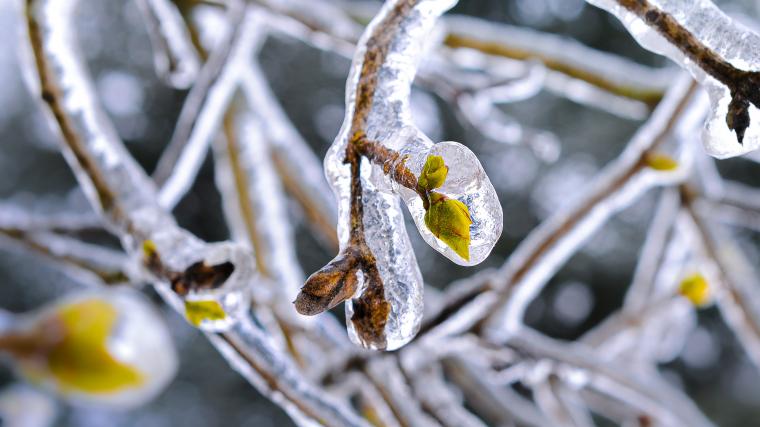
In a nutshell
The earlier springs seen in recent decades, particularly in the Northeast and Great Lakes regions, may become a permanent change. Researchers at the University of Wisconsin – Madison predict that by the end of this century, spring will appear approximately three weeks earlier across the continental U.S. Even larger shifts of up to a month are likely across the Great Plains and mountainous regions of the Western U.S. False springs, or the return of freezing temperatures after initial spring growth in plants, are also likely to increase in the Great Plains and portions of the Midwest.
What is special about this study?
This study used models of leaf out and flowering, called the Spring Indices, to predict changes in the start of spring. The Spring Indices were constructed using observations of cloned lilac and honeysuckle phenology, hosted in the USA-NPN’s National Phenology Database, and provide a useful general model of plant phenology for native and agricultural plants. The authors incorporated newly available climate projections using daily data into these models to see how plants across the U.S. might respond through the year 2100.
What does this mean for YOU?
A longer growing season might have benefits such as greater uptake of carbon dioxide by plants, reducing the amount of atmospheric carbon that can contribute to global warming. However, earlier leaf and flower emergence also has drawbacks. A permanent shift in the start of spring may lead to mismatches in interactions between plants that are able to shift their timing and animals that cannot. Disrupted plant and pollinator interactions may be detrimental to animal populations and the plants themselves.
This study also predicts false springs will increase especially in the Great Plains and Midwest, which are important regions for agricultural production. False springs, which cause plants to put leaves and flowers on early but then expose these tissues to damaging frosts, have resulted in extensive crop damage in recent years. The false spring of 2012 resulted in $500 million in damages to fruit and vegetables in Michigan alone. The loss in plant productivity from false springs is also detrimental to animal populations.
Citation: Allstadt, A.J., Vavrus, S.J., Heglund, P.J., Pidgeon, A.M., Thogmartin, W.E., Radeloff, V.C. 2015 Spring plant phenology and false springs in the conterminous US during the 21st century. Environmental Research Letters.